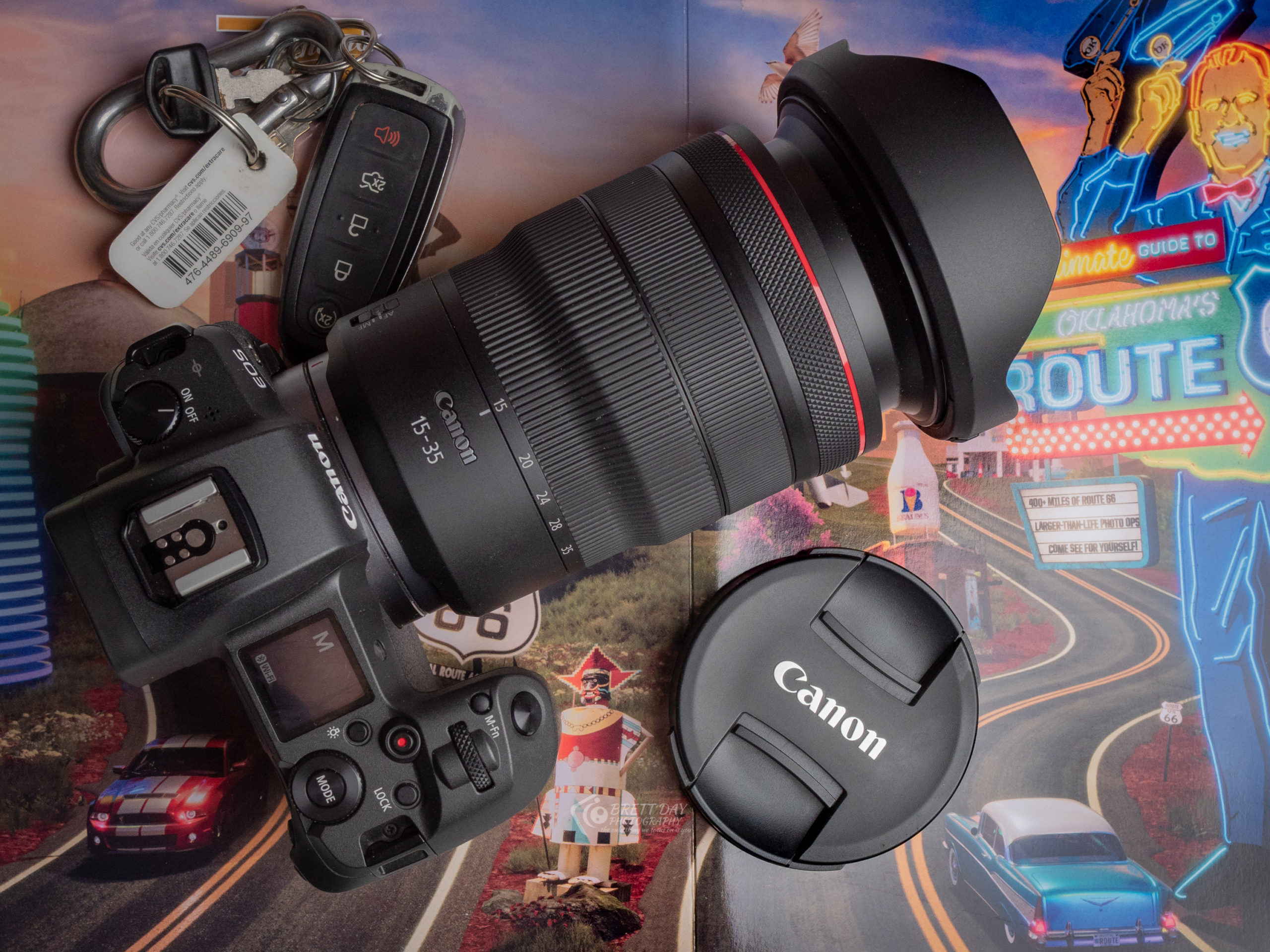There’s no such thing as a perfect camera, but that doesn’t mean we can’t dream about such a thing.
The search for the perfect camera is one that goes on in every photographer’s life, and it is a journey that will probably never end. While we all love the respective systems we choose to use, you can’t deny that you wish your camera had a feature found in another brand. I hear photographers say all the time, “I love my camera, but I wish it had X from Fujifilm,” or, “I’d love my camera to be able to focus like Sony’s cameras.” A recent conversation with a friend made me dream about what the perfect camera (for me) would look like, and here, I will share my vision of perfection. Come and imagine the possibilities with me after the break.
Imagine, if you will, that all the camera companies came together to work in harmony so that the perfect camera could be built. (Yes, I know, it’s ridiculous to think that, but it’s my dream, okay.) The possibilities would be endless. Just think about the collective experience that would be in the same room together. Think about all the great minds, designers, and engineers who would pool their ideas.
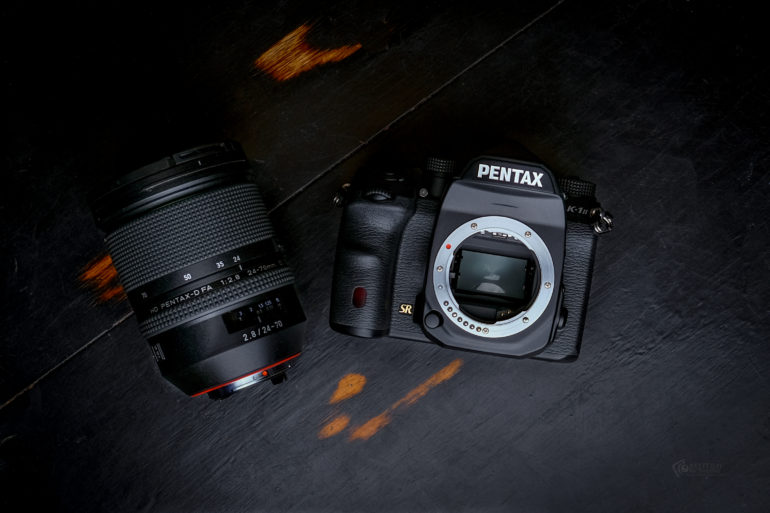
As a cohesive team, the leaders in this industry could revolutionize photography with one camera, and what a camera it would be. I am in a unique position that lets me try out the latest and greatest cameras, so I get to see all the ins and outs from all systems up close and personal. This gives me a good idea of the strong points of each system. My perfect camera will probably look a lot different from yours, so I ask you to think about what your perfect camera would look like, and encourage you to share your thoughts in the comment section below, no matter how crazy they might sound. Let’s have fun with this. So, what does my perfect camera look like? Let’s find out.
Table of Contents
Canon and Pentax Ergonomics and Build Quality
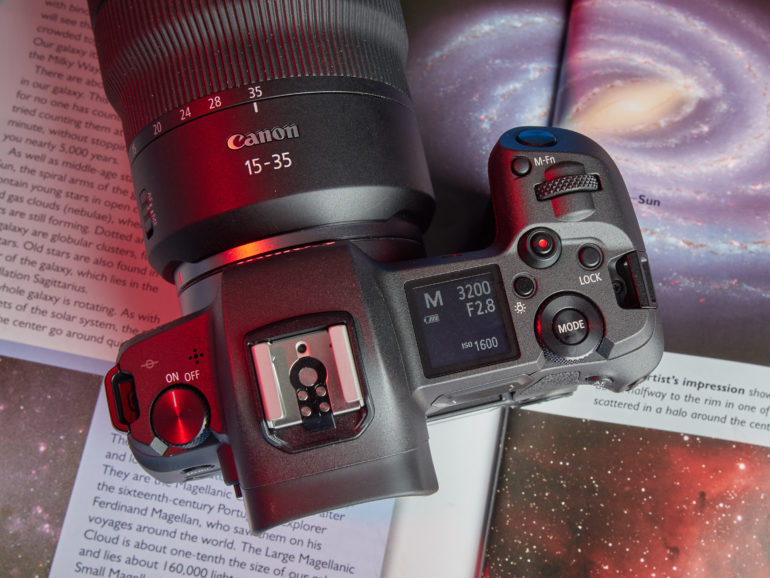
I have been using cameras for the past 31 years, and I have to say that, when it comes to ergonomics and overall build quality, two companies really stick in my head. Pentax and Canon make cameras that feel incredible in hand, but Canon just nips it when it comes to ergonomics.
The EOS R (and their previous DSLRs, the 5D2, the 5D3, and the 5D IV) have always felt like an extension of myself. The deep grip is comfortable, and the controls are all perfectly placed. For me, Canon cameras are a joy to hold. When it comes to build quality, Pentax is hard to beat. The Pentax K-S2, the KP, the K-70, the K1, and the K1 II are built like tanks, and they can weather any storm. The combo of these two would make a killer camera to hold, and it would stand the test of time.
Hasselblad’s User Interface and Touchscreen
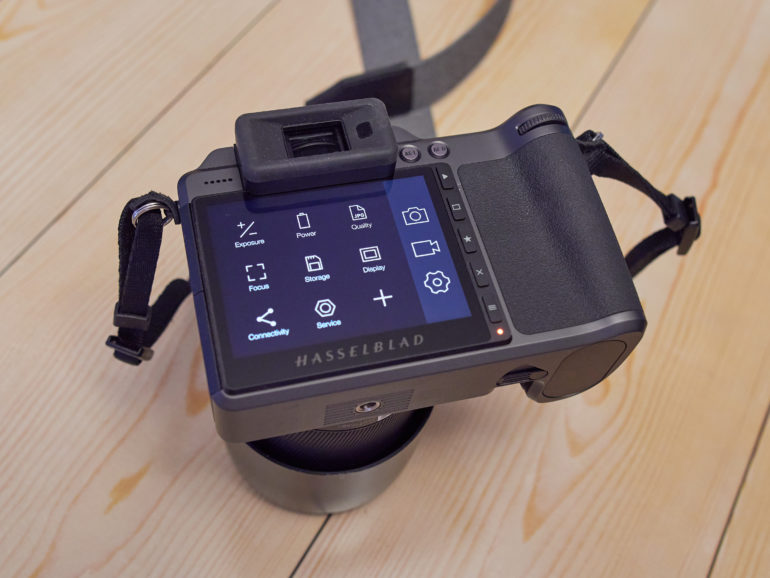
I had mixed feelings about the Hasselblad X1D II when I reviewed it, but a couple of features blew me away. The user interface and the touchscreen are miles ahead of the competition.
The menus on the X1D II are minimalist and well laid out. The icons used are elegant, and the simple white on black color scheme makes the menus easy to read. The touchscreen is responsive and fluid, and there is not a hint of lag to be found anywhere. All camera manufacturers need to turn an eye to Hasselblad to get an idea of what a good UI is.
IBIS from Olympus
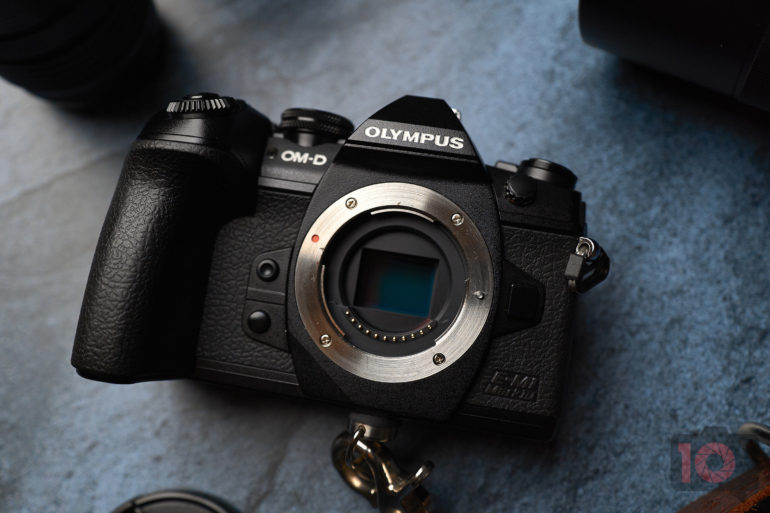
I currently own and use the Olympus E-M1 III and the E-M10 II, and I can tell you that the IBIS in Olympus cameras is second to none. Many other manufacturers have good stabilization systems, but none of them get close to Olympus (except for Panasonic). I can handhold the E-M1 III for 4-5 seconds and still get blisteringly sharp images.
If you use the camera with M.Zuiko lenses that also have lens stabilization, you can handhold this camera for 15 seconds (or more if you have exceptional technique), and get great results. I often use this camera along with the Olympus 300mm f4 Pro and the Olympus MC-20 2x teleconverter (which makes it a 1200mm equivalent lens) and can hand hold it with no problems. When it comes to IBIS, Olympus is king.
Sony Autofocus
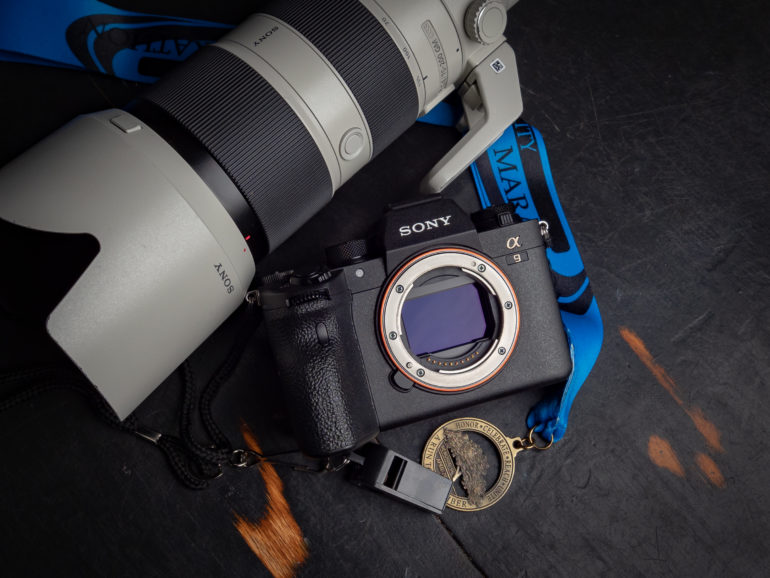
This one is a no-brainer really. Whether you love or hate Sony cameras you simply cannot deny that they have the very best autofocus systems around. I have used most of the cameras Sony has put out over the years, but the A9 II is on another level.
In my review of the Sony A9 II, I said that if you cannot get the shot with this camera, then maybe you should take up knitting. I stand by that statement: the autofocus system is that good. Even the entry-level Sony a6100, which I also reviewed, has an autofocus system that puts many other pro levels cameras to shame. I don’t know how Sony does it, but their AF systems are leaps and bounds above the rest.
Fujifilm’s X-Trans Sensor and Image Processor
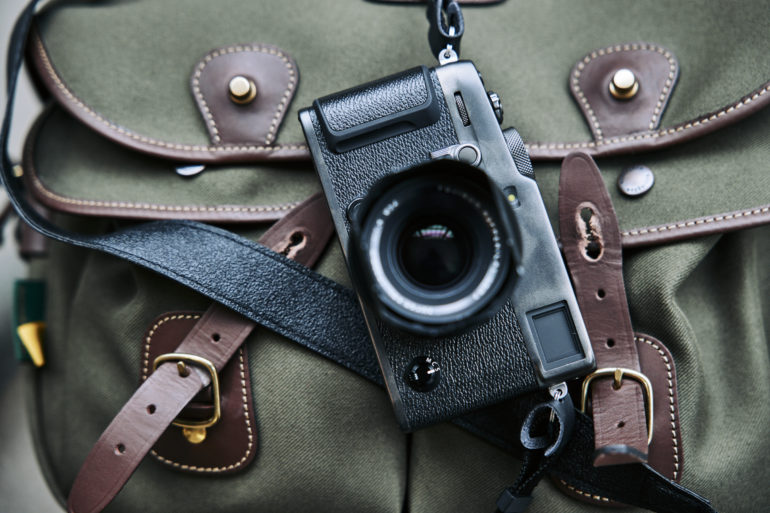
This choice, I am sure, will cause a split between people, but for me, Fujifilm is doing things with their sensors that set them apart from the rest. Honestly, it can be hard to tell what images came from which cameras these days, simply because most use a variant of the same Sony Bayer sensors. The X-Trans sensor has a unique filter array, and this setup produces images that truly sing.
I am continually blown away with the image quality from Fujifilm cameras. Couple the sensor with an image processor that allows you to use film simulations like Acros and you have a winner. The file sizes from the 26MP sensor are perfect as well. You don’t need a monster computer to edit them (if you even want to go that route). The JPEGS from Fujifilm’s cameras are gorgeous. High ISO images are fantastic too: you can shoot at ISO 6400 with no worries. I am sure there will be APS-C detractors, but for me, I have no problems with smaller sensors. (Remember, I shoot professionally with M4/3.)
Final Thoughts
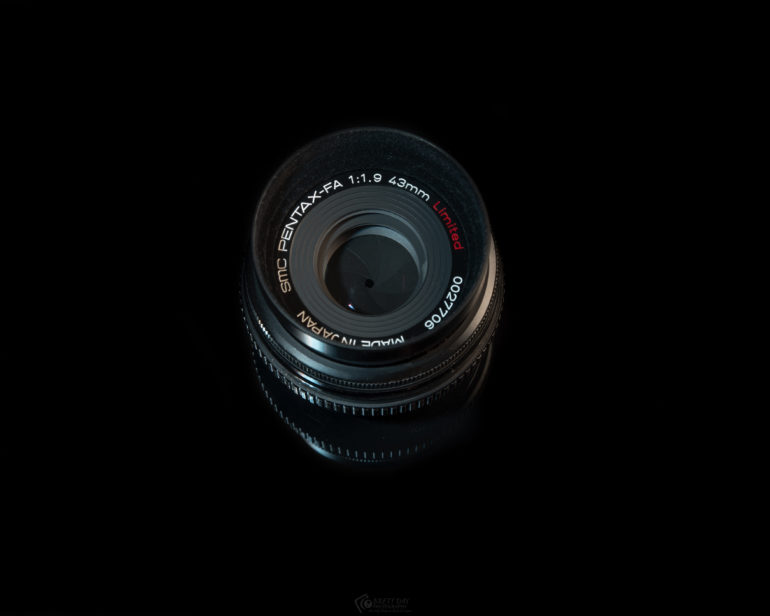
So there you have it. My perfect camera would feature the ergonomics and build qualities from both Canon and Pentax cameras. It would have the user interface from the Hasselblad X1D II, the IBIS from Olympus would be employed, Sony’s autofocus systems would be front and center, and the excellent X-Trans sensor and image processor from Fujifilm would power the beast.
“But, you haven’t discussed lens mount,” you cry. That’s a whole different article: there are simply too many incredible lenses and lens mounts to choose from. No doubt, my perfect camera would be able to use adapters to take advantage of multiple lenses, but if I were forced to make a choice, I would be more than happy to use the gorgeous Pentax limited prime lenses like the 31mm f1.8, the 43mm f1.9, and the 77mm f1.8. The character of these lenses combined with the X-trans sensor would land me in image heaven.
What does your perfect camera look like? We would love to hear what features you would mix and match from various cameras. Remember, have fun with it, and don’t take it too seriously.


